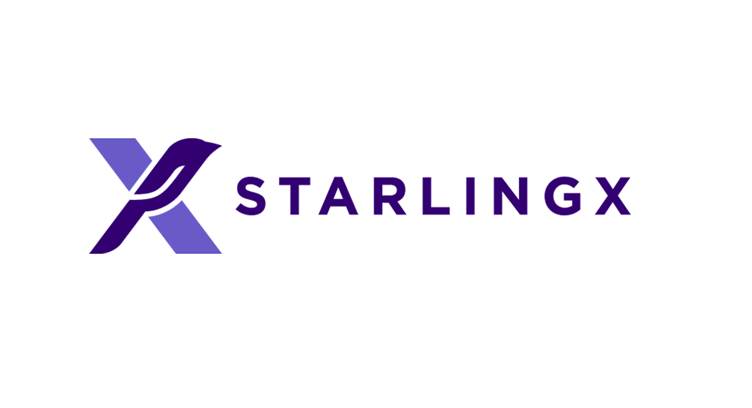StarlingX—the open source edge computing and IoT cloud platform optimized for low-latency and high-performance applications—is available in its 6.0 release today.
StarlingX combines Ceph, OpenStack, Kubernetes and more to create a full-featured cloud software stack that provides everything telecom carriers and enterprises need to deploy an edge cloud on a few servers or hundreds of them.
The StarlingX project launched in 2018, with initial code for the project contributed by Wind River and Intel. Active contributors to the project include Wind River, Intel and 99Cloud. Well-known users of the software in production include T-Systems, Verizon and Vodafone.
Since StarlingX was first released in 2018, the StarlingX open source community has continued to advance and mature this unique cloud platform that offers high availability and low latency for edge workloads. The sixth release of the project tackles security enhancements and takes crucial steps towards supporting zero touch deployment and management of edge sites on a large scale that delivers tremendous value as users are deploying the platform in production.
To further support the low-latency and distributed cloud requirements of edge computing and industrial IoT use cases, the community prioritized these features in StarlingX 6.0:
·Operating System Upgrade: StarlingX 6.0 features an upgrade to Linux kernel version 5.10, which, among other things, provides the user space tooling to configure routing and forwarding interfaces.
·Security Enhancements: Management of certificates is critical to security but can become a maintenance burden. In StarlingX 6.0, platform services can now simplify the management (e.g., auto-renewals) of certificates using cert-manager and update the Kubernetes Root CA (certificate authority) on a running system, with either an uploaded certificate or an auto-generated certificate. StarlingX 6.0 also includes auditd support. The Linux Auditing System helps system administrators track security violation events based on preconfigured audit rules. The events are recorded in a log file and the information in the log entries helps to detect misuse or unauthorized activities. The Linux Audit daemon, **auditd**, is the main component of the Linux Auditing System, and is responsible for writing the audit logs. In addition, StarlingX 6.0 features alarm support for expiring and expired certificates, which may prevent the proper operation of platform and applications running on the platform.
·Deployment and Re-configuration Improvements: A new feature of StarlingX 6.0 is that you can migrate from one subcloud to another without reinstallation. Similarly, in a disaster recovery scenario, you can now move subclouds from one distributed cloud system to another while the current system controller is reinstalled.
Paul Miller, Chief Technology Officer, Wind River
As a strong ongoing supporter of the project and original contributor to the code base, we look forward to continuing our collaboration and delivering expertise for the distributed cloud by drawing from our technologies such as Wind River Studio, as well as collaboration with key initiatives such as O-RAN. We are encouraged to see continued ecosystem development from a thriving open source community.






















